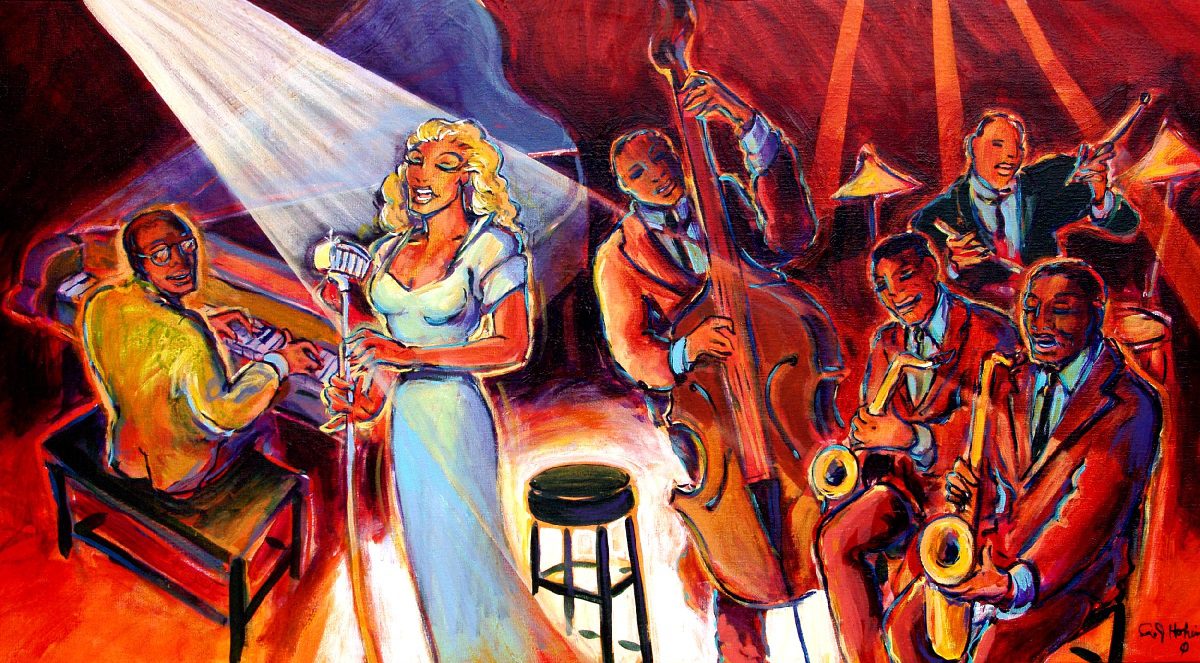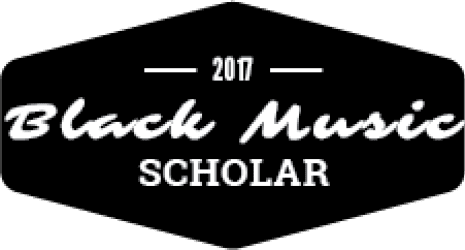The Story of Jazz

- Jazz started when African slaves were brought to the Caribbean and encountered European religion and culture.
- Jazz was viewed as a sin
- Jazz is known for being upbeat
- Western music was very different from their own
- Jazz music began when the Africans had to conform to European music.
- Cross-culture assimilation started in new Orleans, the gateway to the American slave trade from the Caribbean.
- Congo Square: A place in New Orleans where Black people could gather and celebrate their culture
- In Congo Square, people used drums, danced, triangles, jawbone, banjo
- People sang, danced, clapped to music performed in the Congo square
- Louis Moreau Gottschalk (Composer): Studied piano, Americas first concert hall artist, influenced by Congo square
- Banjo was used for minstrels
- Syncopated styles is an influence of West African Culture
- Before Jazz, there was Ragtime
- Scott Joplin: African American composer, pianist (Ragtime music). “The King of Ragtime”
- Ragtime started in the Midwest and then became popular in areas like new Orleans.
- Buddy Bolden, the first star
- Trumpet group included Freddy Keppard, Joe Oliver, and Louis Armstrong.
- Elements of Louis Armstrong in other artists music
- Louis Armstrong is a significant musician in Black history and music. (Trumper player and singer)
- Jazz trumpet sound and concept came from Louis Armstrong
- Consolidated the aspects of Jazz (Louis Armstrong)
- New Orleans was an excellent environment for new art. The ppl loved new dances, music and embraced them in parades
- The first opera company in America opened in New Orleans
- Jazz musicians mainly were self-taught
- Jazz Musicians shared their talents all over the United States and other parts of the world. (Chicago, New York, Los Angeles, Kansas City, Detroit, London, France, Spain, Asia, and Germany)
- Freddy Keppard brought Jazz to LA In 1912
- Jelly Roll Morton brought Jazz to the San Francisco exposition in 1915
- Morton performed in Chicago and Detroit (claimed to invent Jazz, no one believed him). His music anticipated the swing era.
- Dixieland jazz band claimed to be creators of Jazz (white group). In 1917, they created the first jazz recording.
- Black people were not allowed to make jazz recordings 4-5 years later.
- Records were essential for Jazz.
- People learned how to play by listening to records by musicians
- In 1919, Dixieland and Will Marion cook toured England
- Ernest Ansermet wrote the first jazz review. New clarinetist Syndey Bechet was named a genius.
- Kid Ory took his New Orleans band (Creole jazz band) to Los Angeles
- Louis Armstrong worked with Fate Marable band in Mississippi riverboat
- Joe Oliver went to Chicago
- In Northern industrial cities, Southern Black migrants were audiences to blues and Jazz.
- Jazz was popular in Chicago
- Chicago bands had a pianist
- Joe Oliver hired pianist Lil Hardin
- Lil Hardin was one of the first notable female jazz instrumentalists
- In 1923 Louis Armstrong went to Chicago
- Louis Armstrong was great at playing high notes on the trumpet. He pioneered the trumpet solo.
- Louis Armstrong: “The Father of Armstrong”
- Louis Armstrong and Joe Oliver inspired bix, Beiderbecke. Became a big star
- South= Louis Armstrong. North= Bix Beiderbecke
- Earl Hines, one of the most significant artists in Jazz. Used Armstrong style in Jazz
- Paul Whiteman- White famous jazz artist in the 1920s to 1930s (“The King of Jazz”)
- Armstrong left Chicago for NY in 1925, joined Fletcher Henderson
- Jazz bands grew, so they needed written arrangements
- Fletcher Henderson was known for written arrangements
- Coleman Hawkins (Tenor saxophone player)
- James P. Johnson combined Ragtime with Jazz
- Stride: A Jazz style in piano with the influence of Ragtime. Stride requires Left- Hand technique.
- Dancers from Charleston, SC, inspired The Charleston dance in 1920
- Thomas Fats Waller: Jazz Pianist, he incorporated comedy in his performances.
- UB Blake (Eubie Blake), James P. Johnson, lucky Robinson: Famous Pianist
- Thelonious Monk: Bebop, performed in Harlem
- Duke Ellington arrived in NY in 1923 with his band, The Washington’s. He became a bandleader and composer.
- Harlem was a cultural center for Black Americans.
- Harlem Cotton Club: Vibrant club and famous spot for Black people
- Ellington began to perform at the Harlem Cotton Club at the end of 1927
- Ellington kept the same band
- His band was strong
- Jazz spread to Europe and Asia
- Valaida Snow: African American Female Jazz musician
- William Basie: African American Jazz musician, played in Kansas City during the great depression. He Played Jazz and blues.
- Jazz became popular in Kansas City.
- Lestor Young- Tenor Saxophone player, Introduced a new sound
- Jimmy Rushin: Jazz singer
- Pete Johnson: Jazz pianist
- Mary Lou Williams: one of the first leading ladies of modern Jazz
- 12 Clouds of joy: Jazz Band
- Charlie Parker: African American jazz saxophonist. Invented bebop.
- Live radio = 1930s, promotional tool, celebrated swing era
- Some bandleaders were put in films
- Jazz was used in Hollywood
- Artie Shaw, Duke Ellington, Thomas Dorsey, Betty Goodman (King of Swing)
- Popular Black band leaders exceeded but were not equal to the white artists
- The first time Jazz was celebrated by everyone was when swing became popular
- Swing/dance contest: People would dance for hours until they couldn’t dance anymore. Some would dance until they fell asleep or passed out.
- Harlem Swing
- Battle of the bands
- Musicians from the Ellington orchestra became stars.
- Lous Armstrong greatly inspired African American jazz artist Billie Holiday. She learned how to use her voice as an instrument.

